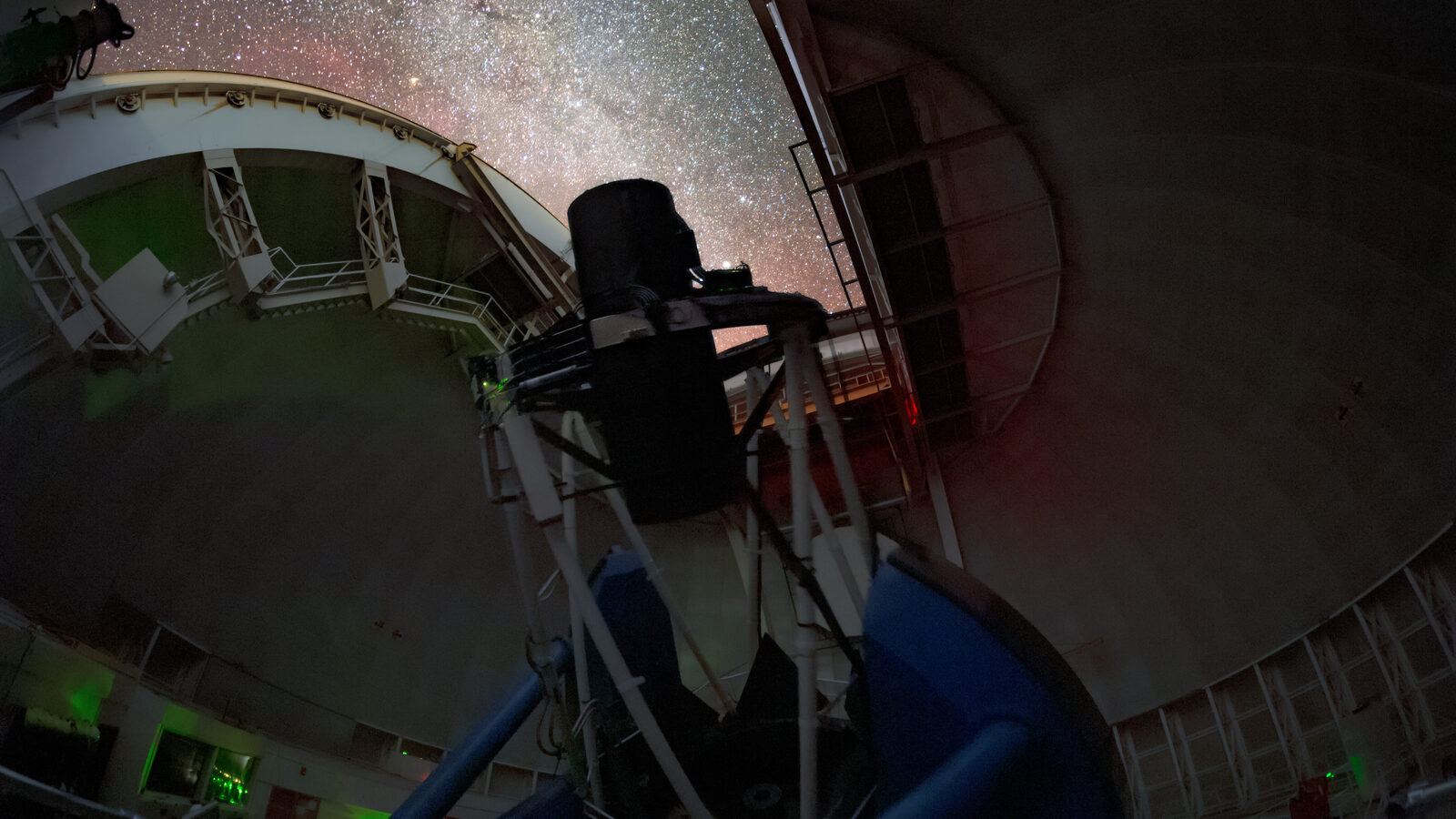New Insights into Gravity and Cosmic Structures from DESI Findings
New DESI results weigh in on gravity 🔗

Recent findings from the Dark Energy Spectroscopic Instrument (DESI) provide significant insights into gravity's role in shaping the universe. The international collaboration of over 900 researchers validated Einstein's theory of general relativity by analyzing cosmic structures and their growth over the past 11 billion years. This study not only confirmed expected behaviors of gravity but also placed new limits on neutrino masses. By examining nearly 6 million galaxies and quasars, DESI has advanced our understanding of dark energy and cosmic expansion. The results, released in a series of papers, highlight DESI's ability to probe modified gravity theories and aim to enhance our knowledge of the universe's fundamental components.
What is the main focus of the DESI study?
The study focuses on how gravity has influenced the growth of cosmic structures over the past 11 billion years, confirming predictions made by Einstein's theory of general relativity.
How many galaxies and quasars does DESI plan to analyze by the end of the project?
DESI aims to collect data from approximately 40 million galaxies and quasars by the project's conclusion.
What new information did the study provide regarding neutrinos?
The study established new upper limits on the mass of neutrinos, indicating that the sum of their masses should be less than 0.071 eV/c².